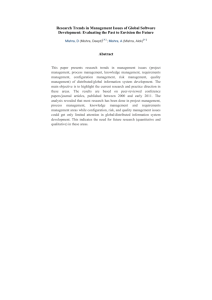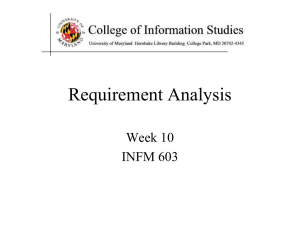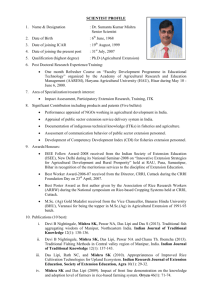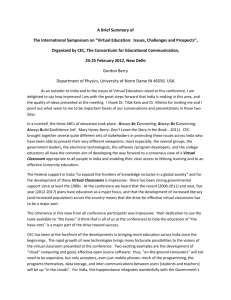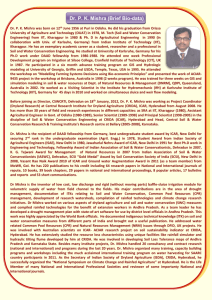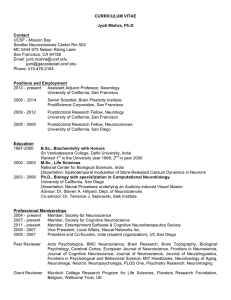Sentimental Education
advertisement
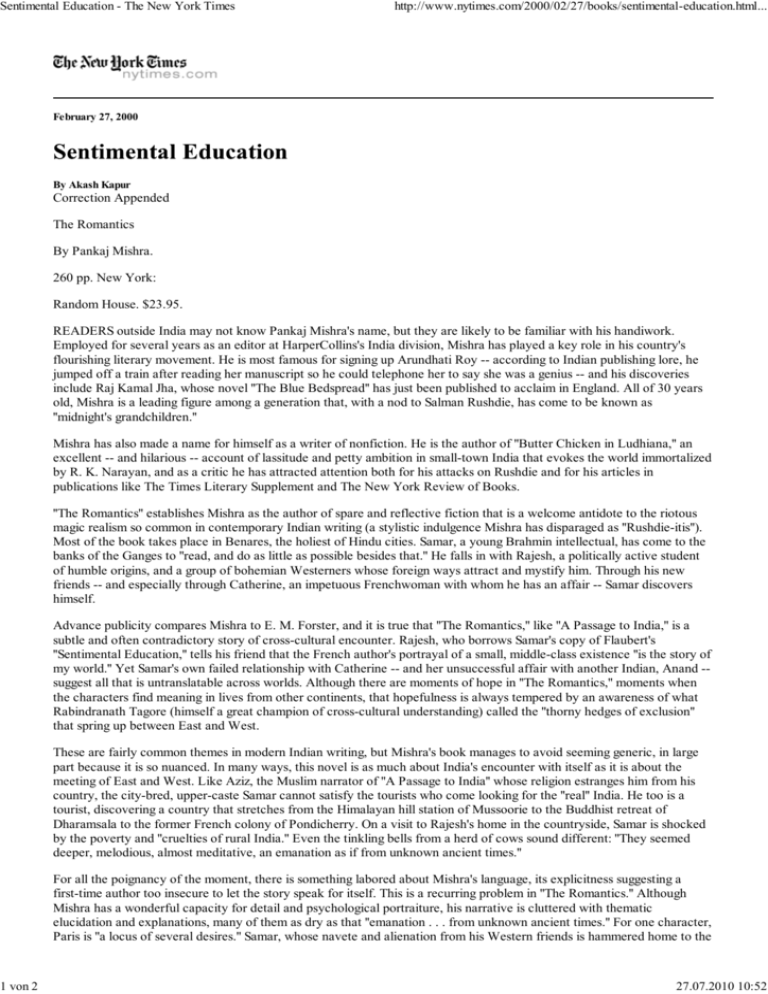
Sentimental Education - The New York Times 1 von 2 http://www.nytimes.com/2000/02/27/books/sentimental-education.html... February 27, 2000 By Akash Kapur Correction Appended The Romantics By Pankaj Mishra. 260 pp. New York: Random House. $23.95. READERS outside India may not know Pankaj Mishra's name, but they are likely to be familiar with his handiwork. Employed for several years as an editor at HarperCollins's India division, Mishra has played a key role in his country's flourishing literary movement. He is most famous for signing up Arundhati Roy -- according to Indian publishing lore, he jumped off a train after reading her manuscript so he could telephone her to say she was a genius -- and his discoveries include Raj Kamal Jha, whose novel ''The Blue Bedspread'' has just been published to acclaim in England. All of 30 years old, Mishra is a leading figure among a generation that, with a nod to Salman Rushdie, has come to be known as ''midnight's grandchildren.'' Mishra has also made a name for himself as a writer of nonfiction. He is the author of ''Butter Chicken in Ludhiana,'' an excellent -- and hilarious -- account of lassitude and petty ambition in small-town India that evokes the world immortalized by R. K. Narayan, and as a critic he has attracted attention both for his attacks on Rushdie and for his articles in publications like The Times Literary Supplement and The New York Review of Books. ''The Romantics'' establishes Mishra as the author of spare and reflective fiction that is a welcome antidote to the riotous magic realism so common in contemporary Indian writing (a stylistic indulgence Mishra has disparaged as ''Rushdie-itis''). Most of the book takes place in Benares, the holiest of Hindu cities. Samar, a young Brahmin intellectual, has come to the banks of the Ganges to ''read, and do as little as possible besides that.'' He falls in with Rajesh, a politically active student of humble origins, and a group of bohemian Westerners whose foreign ways attract and mystify him. Through his new friends -- and especially through Catherine, an impetuous Frenchwoman with whom he has an affair -- Samar discovers himself. Advance publicity compares Mishra to E. M. Forster, and it is true that ''The Romantics,'' like ''A Passage to India,'' is a subtle and often contradictory story of cross-cultural encounter. Rajesh, who borrows Samar's copy of Flaubert's ''Sentimental Education,'' tells his friend that the French author's portrayal of a small, middle-class existence ''is the story of my world.'' Yet Samar's own failed relationship with Catherine -- and her unsuccessful affair with another Indian, Anand -suggest all that is untranslatable across worlds. Although there are moments of hope in ''The Romantics,'' moments when the characters find meaning in lives from other continents, that hopefulness is always tempered by an awareness of what Rabindranath Tagore (himself a great champion of cross-cultural understanding) called the ''thorny hedges of exclusion'' that spring up between East and West. These are fairly common themes in modern Indian writing, but Mishra's book manages to avoid seeming generic, in large part because it is so nuanced. In many ways, this novel is as much about India's encounter with itself as it is about the meeting of East and West. Like Aziz, the Muslim narrator of ''A Passage to India'' whose religion estranges him from his country, the city-bred, upper-caste Samar cannot satisfy the tourists who come looking for the ''real'' India. He too is a tourist, discovering a country that stretches from the Himalayan hill station of Mussoorie to the Buddhist retreat of Dharamsala to the former French colony of Pondicherry. On a visit to Rajesh's home in the countryside, Samar is shocked by the poverty and ''cruelties of rural India.'' Even the tinkling bells from a herd of cows sound different: ''They seemed deeper, melodious, almost meditative, an emanation as if from unknown ancient times.'' For all the poignancy of the moment, there is something labored about Mishra's language, its explicitness suggesting a first-time author too insecure to let the story speak for itself. This is a recurring problem in ''The Romantics.'' Although Mishra has a wonderful capacity for detail and psychological portraiture, his narrative is cluttered with thematic elucidation and explanations, many of them as dry as that ''emanation . . . from unknown ancient times.'' For one character, Paris is ''a locus of several desires.'' Samar, whose navete and alienation from his Western friends is hammered home to the 27.07.2010 10:52 Sentimental Education - The New York Times 2 von 2 http://www.nytimes.com/2000/02/27/books/sentimental-education.html... point of disbelief, describes his first sighting of Catherine as ''the central force that illuminates the rest of the evening in my memory.'' ''The Romantics'' seems haunted by the ghost of Mishra's previous incarnation as a literary critic. Indeed, the novel bears striking similarities to an essay he wrote for The New York Review of Books called ''Edward Wilson in Benares,'' an autobiographical account of a young Indian man reading Flaubert and Wilson in Benares, struggling to understand Western culture and, in encounters with a student named Rajesh, his own country. Mishra is on firmer ground when he fleshes out his themes with scenes of love or student life. The middle of the novel in particular, when Samar and Catherine find themselves unexpectedly together in Mussoorie, has a directness and energy that are lacking elsewhere. Here Catherine, who has largely remained a caricature of a Western dilettante, acquires personality and depth, and Samar's moody introspection takes on a new precision, at times reaching toward the ruminative insightfulness of V. S. Naipaul, an author Mishra has obviously read carefully. When, after making love for the first time in his life, Samar lies naked in bed wondering ''Was this love? Was this love?'' while Catherine matter-of-factly dresses and speaks of her boyfriend, Mishra's exploration of the gap between cultures comes to life with heartbreaking immediacy. Writing on Indian literature last year, Mishra praised the author Amit Chaudhuri as ''a painter not of large and garish Indian murals, but of portraits in miniature of everyday life.'' The distinction, of course, is an artificial one. And it is when Mishra paints both murals and miniatures -- when his large themes glisten with the sweat of everyday life -- that his passage from critic to novelist is most successful. Drawing (Matthew Bandsuch) Copyright 2010 The New York Times Company Home Privacy Policy Search Corrections XML Help Contact Us Back to Top 27.07.2010 10:52
